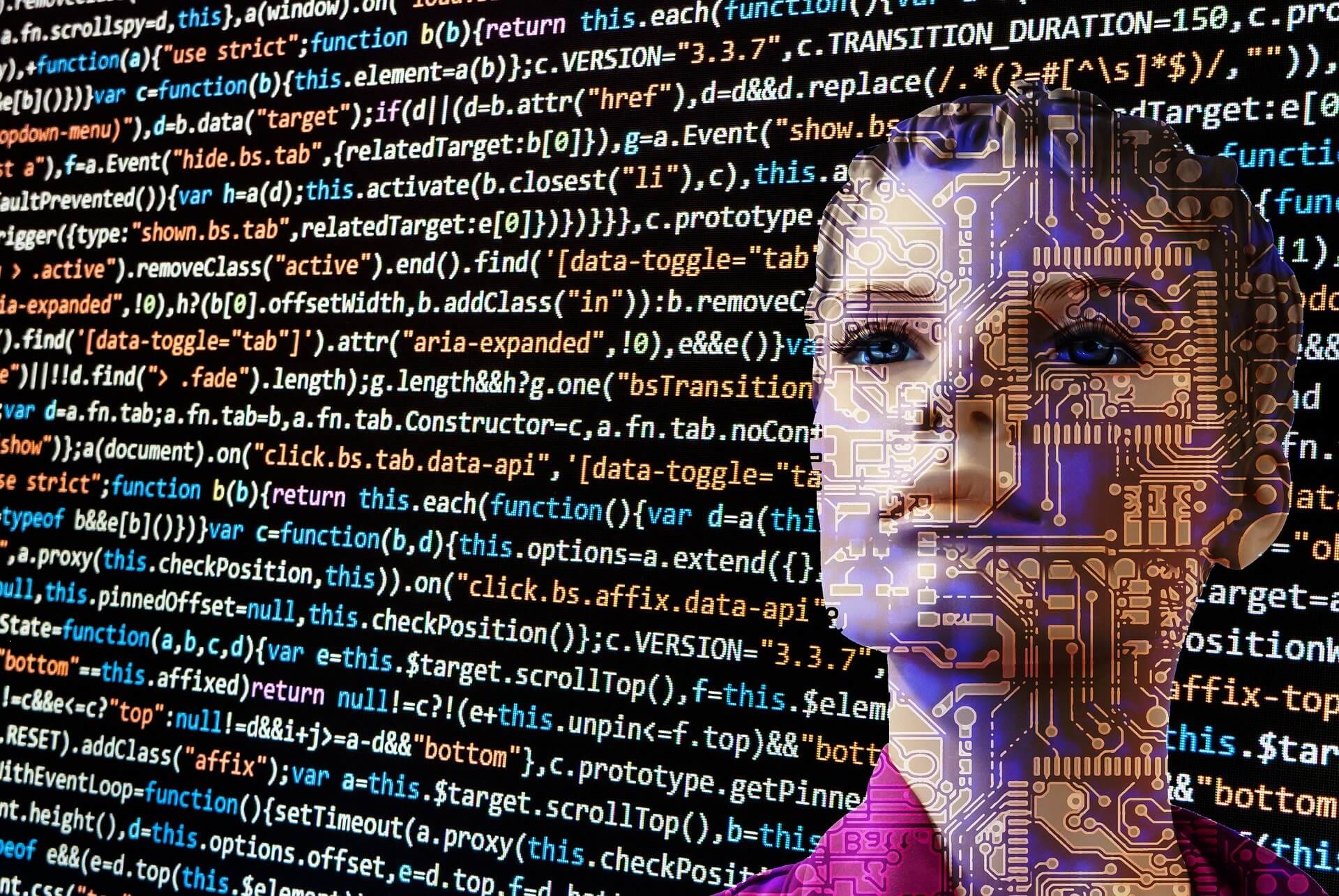The Future of HR – How Will HR Software Look Like in a Decade?
Most large business owners agree that the Human Resource function is a crucial component of a well-run company. The department ensures the smooth flow of relations between employees and management.
It provides all the necessary admin support to staff, and software is an integral part of this. The system handles everything from payroll, leave, and a history of disciplinary transgressions. We explore how new software will change the face of human resources in the future.
Streamlined Admin Functions
Human Resource software has up to now been a user-driven system. Even though many backend functions are automatic, someone had to enter the data from the front end. It usually ended up being an HR consultant’s task, and if it was a large company, then a team of people got involved.
A shift in the way software works moves control away from the department and to employees. A user display allows workers to manage their basic information. It includes details such as leave, contact details, and downloading various documents. It, of course, means that fewer people will be required in the personnel department.
Many current software solutions already have this in place; you can find more information here. It’s not to say that there isn’t a need for HR professionals anymore. What will happen is the function changes from an admin to a management one. Managers can focus on being strategic partners rather than paper pushers.

Data Analytics
Business is a numbers game, even when it comes to human capital. The figures give companies insight into the current situation. It further reveals where there’s room for improvement. In the past, many software packages for the HR department only focused on essential data.
The systems would process info such as payslips, leave and keep records of bio details. There was no scope for analysis of any sort. This trend is changing with modern software providing more useful data. The information can help personnel plan better recruitment strategies and develop methods for higher employee retention. Compared to the fast increasing number of remote workers and really optimized apps needed for better team organization, recruitment is still a pretty detailed and long process and Hiring software is one step of easing the whole path.
Furthermore, it will help in planning employee’s training and future growth within the company. A trend that’s already begun within the recruitment industry is virtual interviews. Potential candidates have their preliminary meetings through AI chatbot technology. It’s a revolutionary method that decreases the time recruiters need to spend with candidates one-on-one. The computer-generated assistant guides potential employees through a series of assessments and questions.
Once the candidate has completed the process, the recruiting agent will analyze the responses. They then decide whether to move the person to the next stage. Don’t think of it as a dull robotic interface. The AIs are pleasant-sounding bots that present a very humanlike experience.

New Career Opportunities
It’s not all doom and gloom for the industry with new software advancements. Technological innovations tend to create new career opportunities. HR consultants currently in the workplace are trained according to the technology available at that time. New software and data-rich systems need people that know how to use, and understand, the information.
The next generation of HR experts will have the skills to interpret this data better. They will also know how to put it in place to gain benefits for employees and employers. They aim to make correct projections for human capital retention and strive to drive positive change within the company.
Big business realizes that investment in people is vital to keep skilled employees within the company. Software designed to identify employees suitable for training and career advancement is invaluable. Traditional human resource tools cannot keep track of everything. Intelligent computer systems make this tracking process easy.

Compliance and Legalities
Without a doubt, labor law and legislation are complex. Future software will have to provide solutions to assist HR departments to stay compliant. Considering that self-service options will be available, what’s critical is to ensure that the software is legal in all aspects. It needs to have specialized tools for employee data privacy and security.
Furthermore, options such as reporting sexual harassment in the workplace are must-have features to include. It stands to reason that any entries into the system will need to follow the legislation. It will take the pressure off HR managers who don’t have the time or knowledge to put the rules in place.

Final Thoughts
There isn’t any doubt that the workplace landscape is evolving. Technology, with the introduction of AI, is creating significant changes across all spectrums. Human resource specialists will need to keep up with the times if they hope to remain relevant. Software will allow employees to take more control of their data via self-service terminals, making some of the HR tasks redundant.
It’s not all bad news, because with advances come new opportunities. New careers will emerge in the fields of data analysis and prediction. Future systems will help keep businesses legal through automatic software updates. The future is already here, but it’s not constant. Companies and HR personnel will do well to embrace the changes for a better tomorrow.











